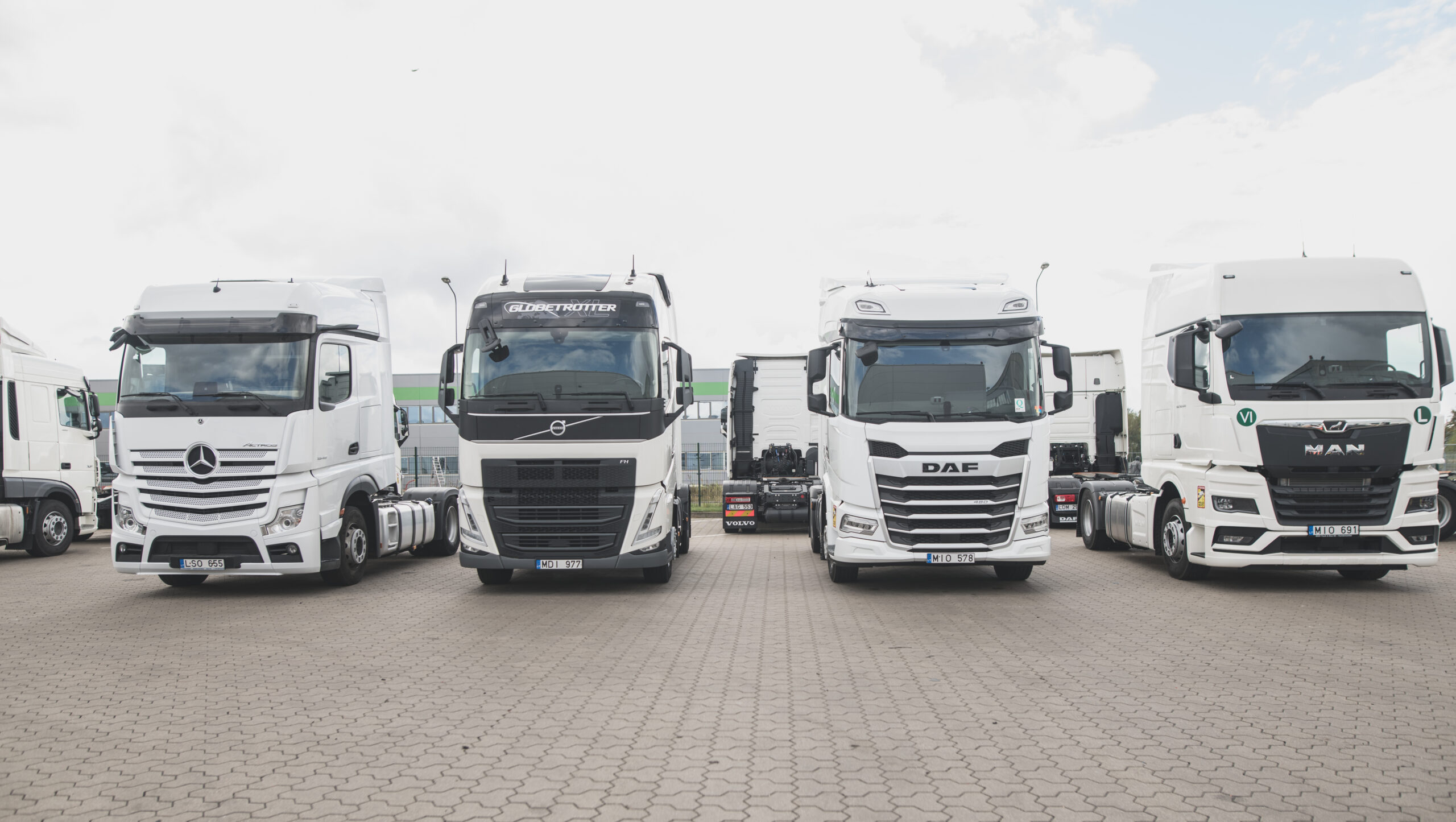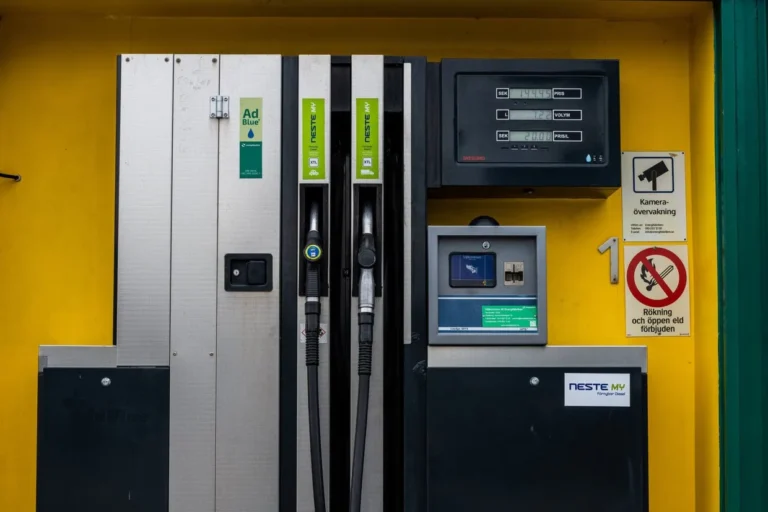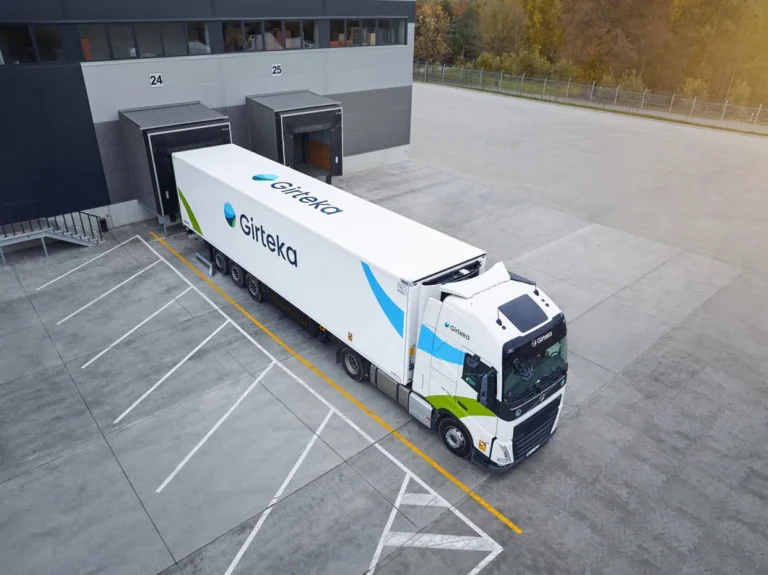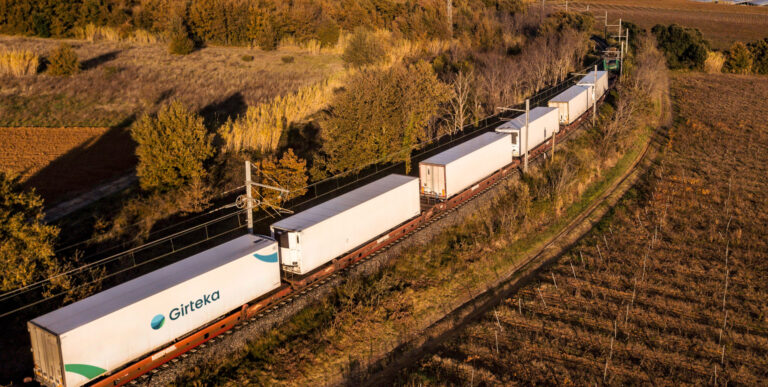Similarly to many other products, including passenger cars, truck production suffered from supply chain issues, as all manufacturers struggled to grasp their supply chains firmly. The supply of some items, like semiconductor chips used in all kinds of electronics, was out of the truck makers’ hands.
The problem was only exacerbated by very high demand for trucking services, meaning that with a lackluster supply of trucks and a lot of demand for logistics services, as consumers were purchasing items constantly, carriers had to turn somewhere to increase capacity. The second-hand heavy goods vehicle (HGV) market had lent a helping hand, with the balance of demand and supply resulting in a golden era for companies such as ClassTrucks, which are involved in selling carefully inspected second-hand trucks to other logistics companies.
But since the end of the pandemic, and with a different geopolitical landscape in the world, resulting in economic pressures on consumers, the logistics market has also slowed. At the same time, manufacturers continued to restore their supply chains to full health, resulting in a completely different situation than two to three years ago.
A Changing World
The European Road Freight Rate Benchmark, compiled by Transport Intelligence (TI) and Upply, noted that the European logistics market entered a brief slump in Q4 2020, after a summer when “pent-up demand was fulfilled and day-to-day restrictions were eased.” The period was once again uneasy for operators as COVID-19 began to spread once again with the colder months of the year setting in the continent.
“This led to further government-imposed restrictions and lockdowns, which slowed economic progress and, with it, road freight demand, particularly in the retail sector. This meant that any peak season bounce was less noticeable it otherwise might have been.”
As a result, the average freight rates dropped to €1,061, compared to the year’s high of €1,072 in Q3 2020. However, TI and Upply noted that in Q4 2020, the manufacturing industry continued operating, unlike during previous lockdown periods. And while by the first three months of 2022, the effects of the pandemic began to ease, Russia invaded Ukraine in February 2022, resulting in a massive crisis on the Eastern border of Europe.
Looking at the situation, the war also ended up sending global inflation to unprecedented highs, especially in Europe, where now, many consumers had struggled to make ends meet. As such, the TI, Upply, and by that point, the International Road Transport Union’s (IRU) European Road Freight Rate Benchmark indicated that contracted freight rates in Europe shot up to a benchmark of 134 in Q2 2022, with Q1 2017 being the starting point of the index. In comparison, the contract rate index was around 105 in Q4 2020.
“Economic activity, on the other hand, is showing multiple signs of weakness, with a slowdown in all major economies and inflation rates which are weighing on consumer and business confidence,” the three companies concluded.
Younger Trucks’ Activity
While TI, Upply, and IRU mentioned that the main driver for inflation, and subsequently, rising contract and spot rates in Europe, was the price of oil and, in turn, diesel, the situation began changing as the world said goodbye to 2023.
By Q4 2023, which is the latest reporting period by the three companies, contract and spot rates ended up being 129.4 and 123.8, respectively. However, the former, while briefly dipped between Q1 and Q3 2023, was back to its peak levels by Q4 2023, the latter has continued to collapse since it reached its peak in Q2 2022.
Nevertheless, TI, Upply, and IRU summarized the period by remarking that since H1 2022, “plummeting consumption triggered by soaring prices has been the primary catalyst for consistent spot rate falls.”
“However, in a new climate of diminished inflation, consumption has now settled at lower levels. It is this new reduced level of international consumption that has provoked production cuts.”
What About Commercial Truck Manufacturing?
Eurostat, the official statistics portal of the European Commission (EC), said that by the end of 2022, there were 3.962 million goods vehicles, which includes smaller trucks, vans, and commercial trucks, which is still off the peak of 3.997 million in 2019. At the same time, the portal’s data showed that vehicles that were younger than two years completed 24.01 billion vehicle kilometers of road freight transportation in 2020, dropping to 20.3 billion the year after and rising to 23.1 billion in 2022.
Meanwhile, a separate report by Upply pointed out that vehicles with over 16 tonnes accounted for 77% of truck registrations in 2023, 14.7% more than a year prior. The company, citing the BNP Paribas Commercial Vehicle Observatory (OVI), showcased two ranges of truck registration growth in 2024, forecasting either a 6.9% drop or a 2% rise annually.
Delivery lead times have significantly shortened, dropping from 359 days in June 2022 to 150 days by the end of 2023, with the company noting that this was not only because supply chains have improved but also because orders have gone down. OVI predicted that orders could drop further as the logistics market has continued to struggle.
Manufacturers’ Point of View
Traton Group, whose parent is the Volkswagen Group and is the manufacturer of MAN and Scania trucks in Europe and elsewhere, issued its latest financial statements for the nine months of 2023, published on October 25, 2023, painted a grim picture: while unit sales were up, orders dropped by 30% Year-on-Year (YoY).
While truck sales rose 14% in Europe, forward-looking orders dropped 29%. While the situation was not ideal, it was much worse in North America, where the company received 49% fewer orders YoY, offset by increasing unit sales by 19%.
“Following a very high level of incoming orders in 2022, the TRATON GROUP recorded a sharp decline in the first nine months of 2023,” the company said, adding that existing uncertainty and a more complex financing environment led to demand normalizing in Europe.
“Unit sales rose significantly in the reporting period due to the very high order backlog, supply chains becoming more stable, and a rise in production volume.”
Daimler Trucks, which was spun off Daimler, the parent company of Mercedes-Benz and other brands, reported record-level revenues, adjusted return on sales (ROS), and industrial free cash flow (FCF) in 2023, adding that it continues improving its profitability towards its 2025 goal. However, the company sold 1% more trucks than in 2022, blaming supply bottlenecks for preventing even higher sales.
Similarly to Traton Group, incoming annual orders dropped in a year (-21%), with the company adding that it expected its crucial truck markets to return to normal in 2024. Daimler Trucks concluded that in Europe, it should sell between 260,000 and 300,000 units in 2024, which would be a drop of between 24% and 12% compared to 2023.
Second-hand Market
So, what could this mean for the second-hand market? For one, companies that turned to buying used HGVs to increase their capacity in the short term can now go to truck manufacturers since lead times are much shorter. Naturally, winning a contract with a short lead time could still result in carriers buying used trucks because lead times are still relatively long, according to the previously cited data from the OVI.
Secondly, Traton Group mentioned an important aspect that could still result in more second-hand truck sales in the upcoming few years: a challenging financing environment. In the European Union (EU), the European Central Bank’s (ECB) key interest rates have remained at the same levels that were set in September 2023. In January 2024, the ECB decided to keep the rates at their levels despite the bank admitting that underlying inflation has decreased in the past months.
ClassTrucks has been in the business since 2010, with the company, part of the Girteka Group, offering a wide selection of second-hand trucks and trailers, which are, on average, two years old. All trucks within the company’s offering are sold after being checked and made sure they are in the best technical condition upon delivery to the second customer.
The trucks are sold directly from Girteka, which has extensive experience in the logistics industry, including running its truck fleet in the best technical shape. Nevertheless, ClassTrucks’ lots are located in four countries in the EU, such as Lithuania, Poland, the Netherlands and Spain.
Naturally, the market is constantly changing, especially since it is affected by outside factors, including the economy’s well-being and consumers’ willingness to purchase goods, which drives manufacturing output globally. One of the underlying problems in the past few months has been the fact that while consumption has been down, many people, especially those who kept their employment during the pandemic, had already purchased the goods they desired, exacerbating the precarious position of manufacturers of various items. Still, since the global economy is cyclical, the current slump should end sooner or later, resulting in changing conditions for the logistics and second-hand truck market in the short term.










